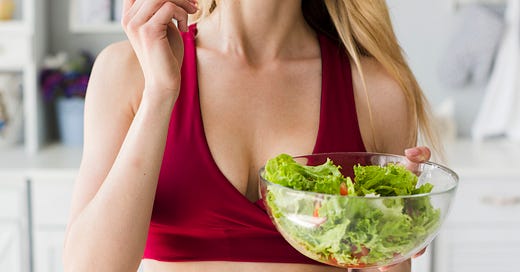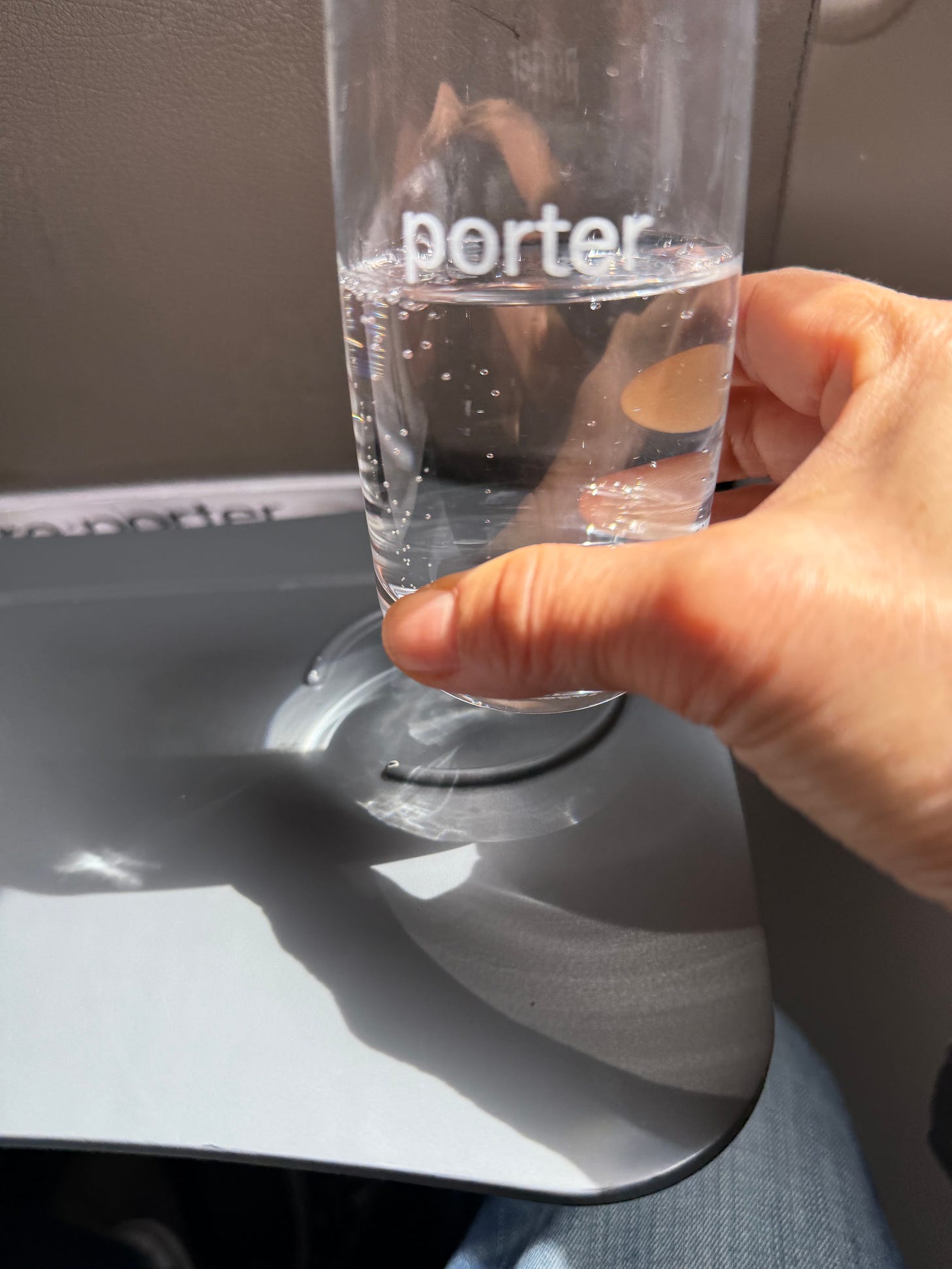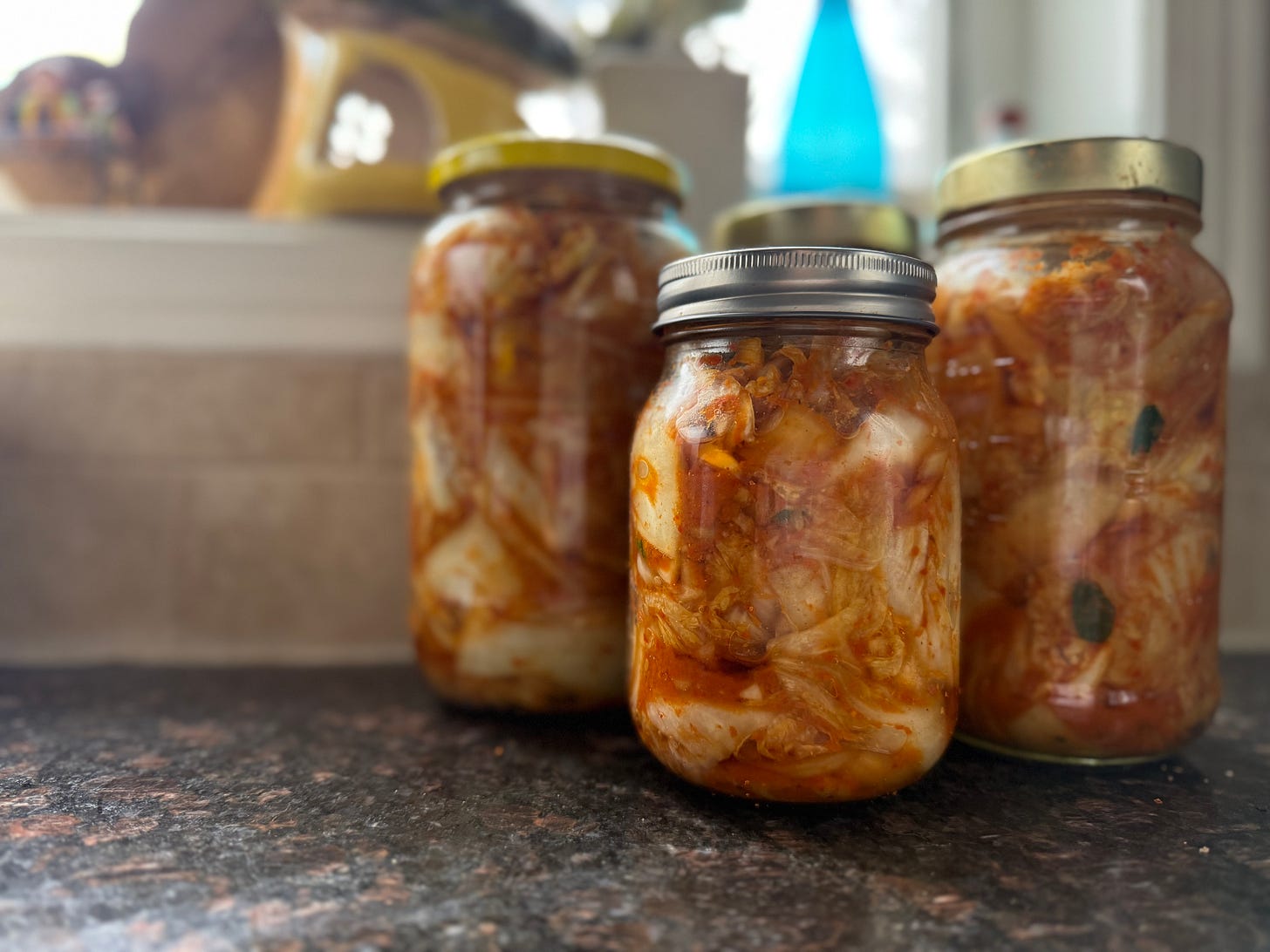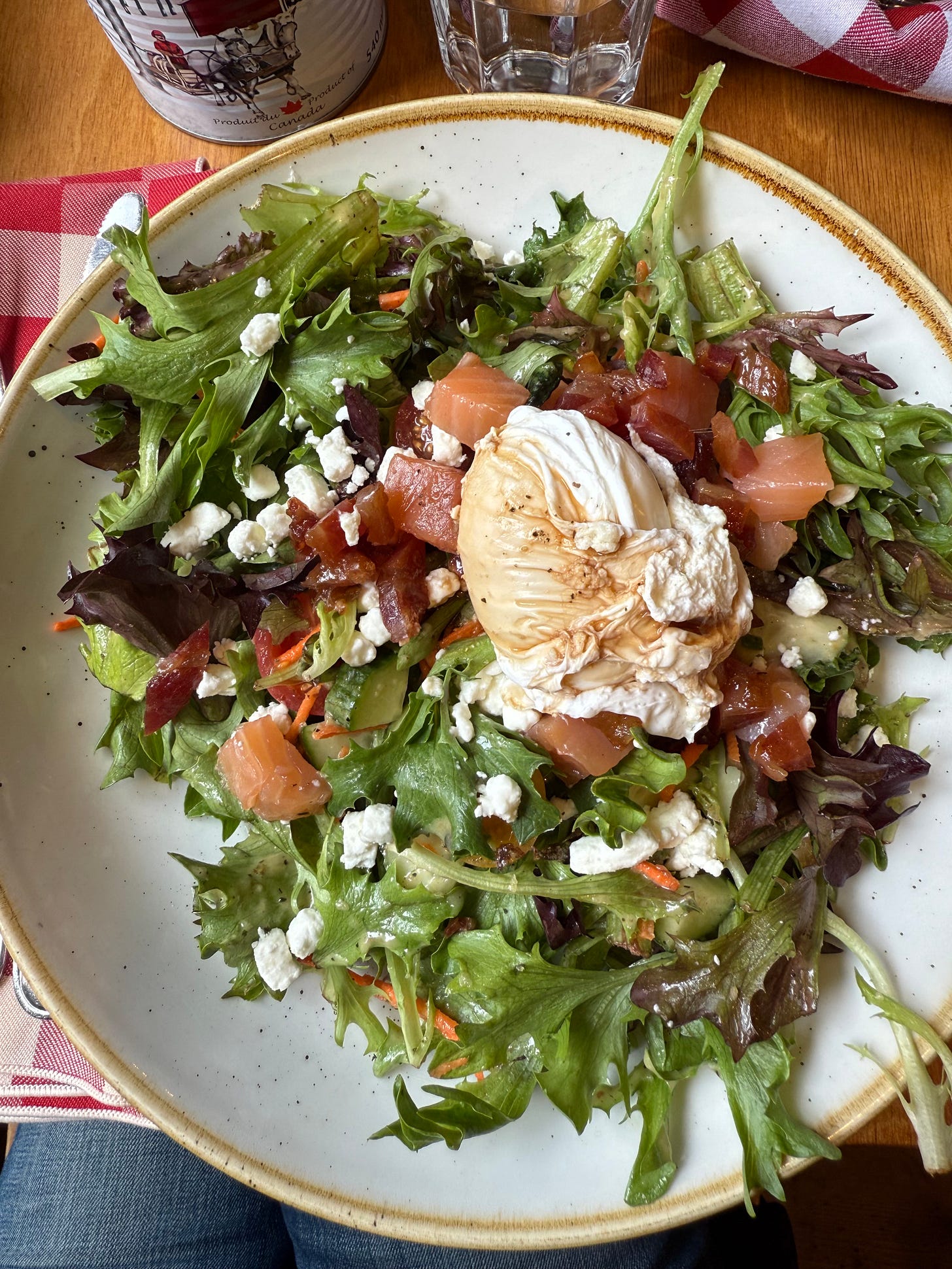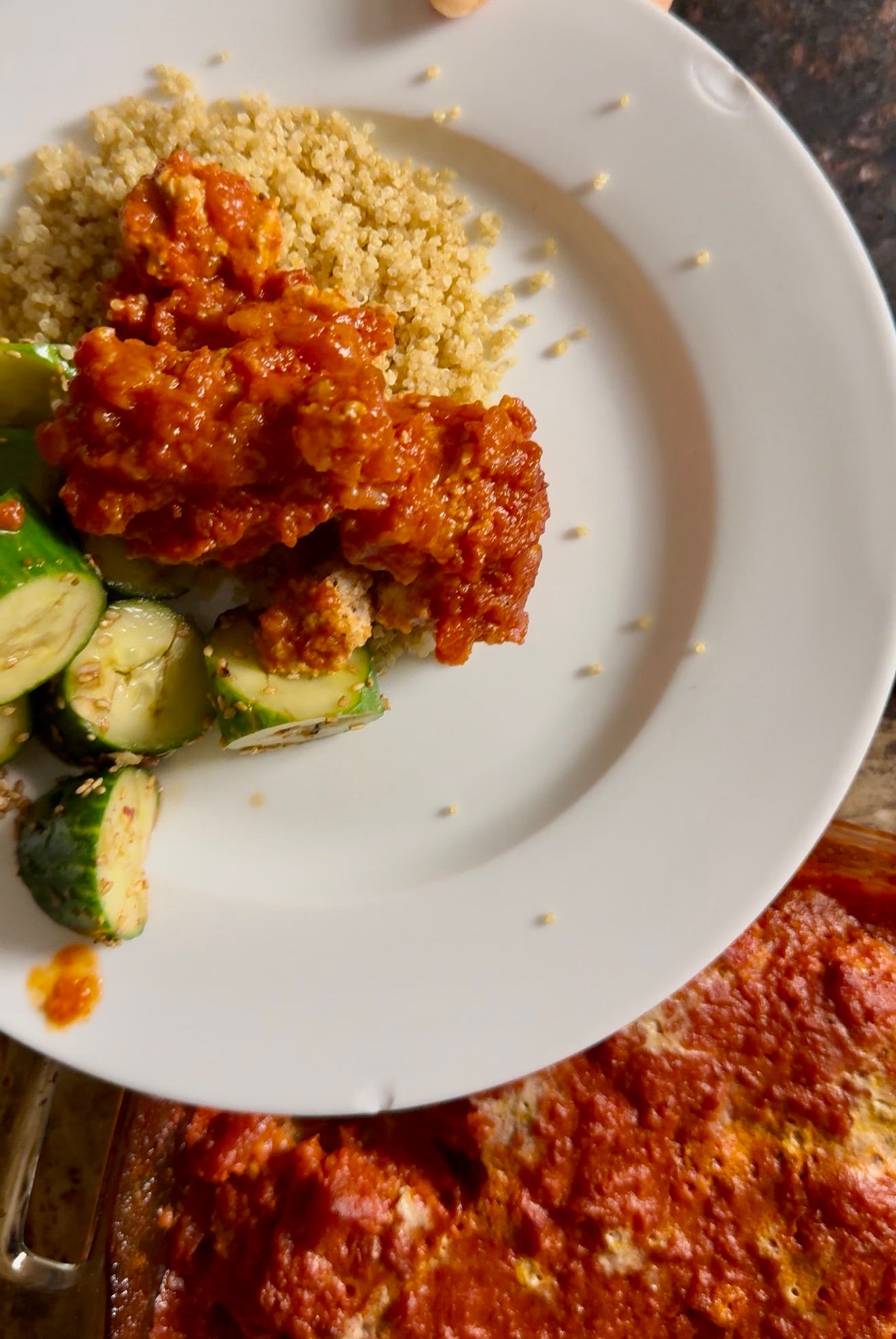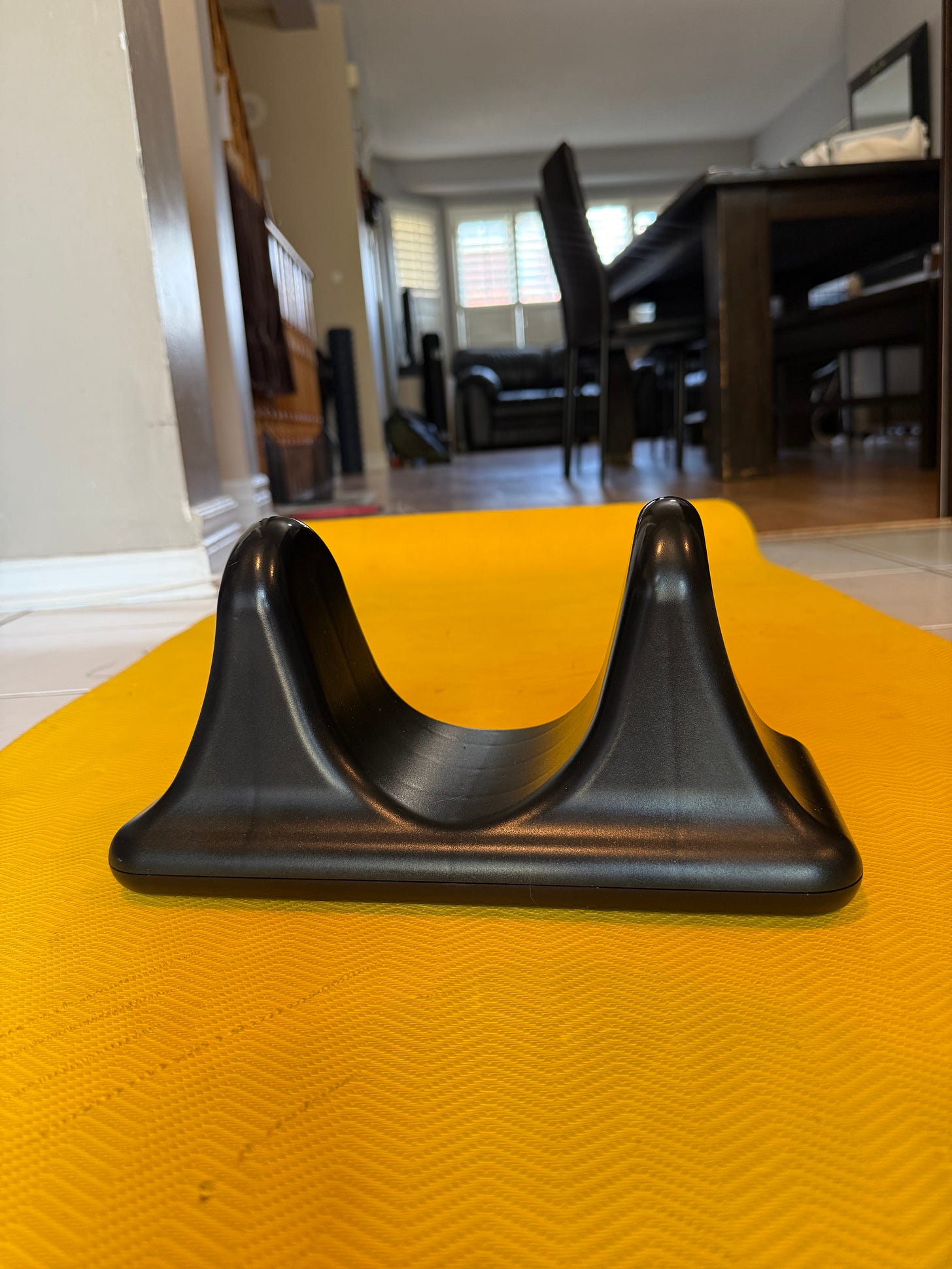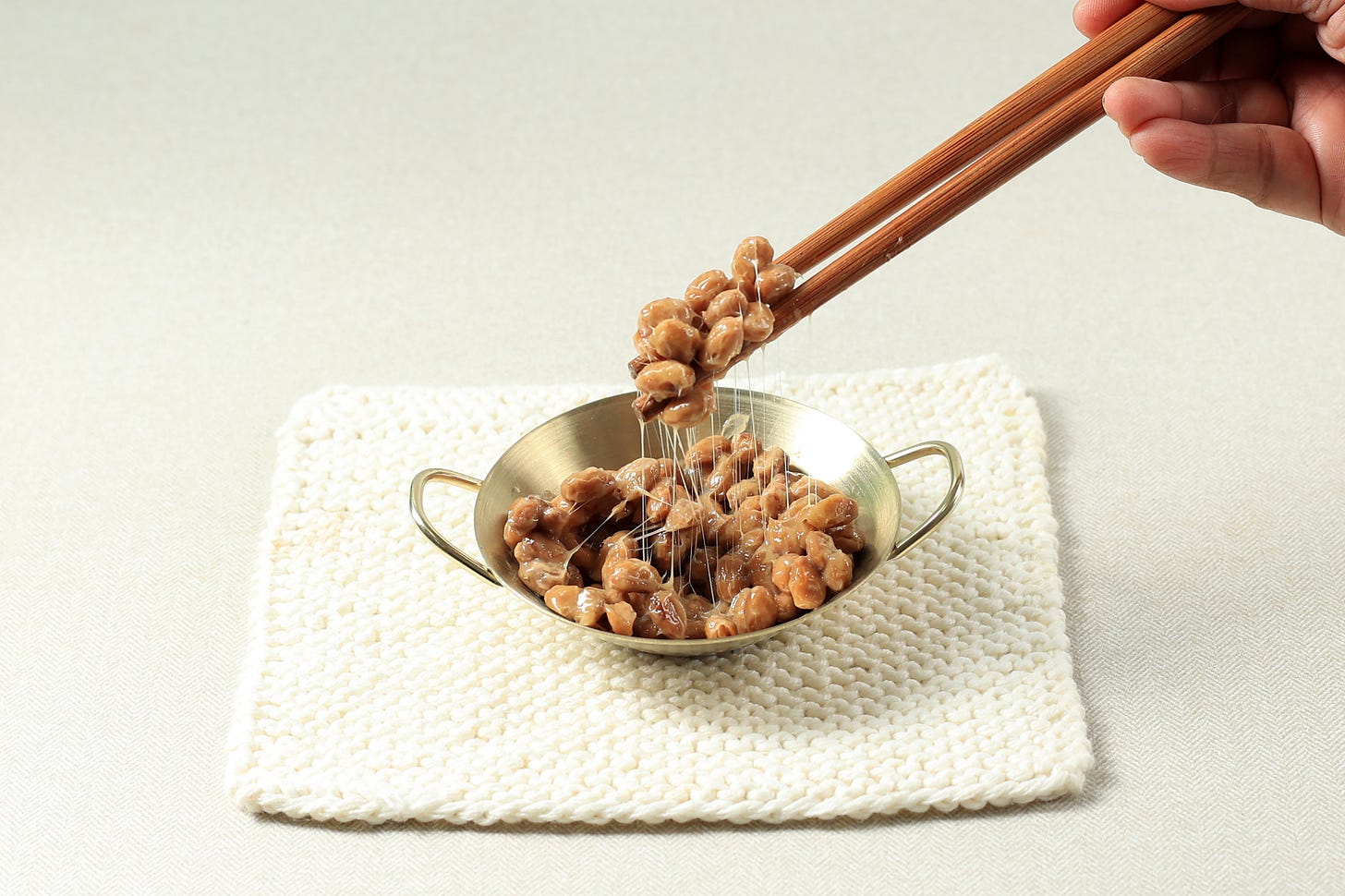You’ve been struggling with constipation, and you’re wondering—does this affect your weight loss?
Let’s be clear: constipation doesn’t directly impact fat gain or fat loss. But it does show up on the scale. And it definitely affects how you feel. Bloated. Sluggish. Puffy. Heavier.
Here’s what’s going on.
Most people carry about three pounds of waste in their digestive system. When your gut isn’t moving, waste builds up. You start retaining water. Your body feels heavy and uncomfortable. It’s not just physical—it messes with your energy, mood, even your cravings.
When I’m constipated, I notice I crave more sugar and fatty food. Why? Here’s my theory:
Your body still needs raw materials every day—to build, repair, and renew. But when your gut is backed up, you’re not absorbing nutrients properly. Your system’s struggling. So it sends signals: I need something—anything. That’s when cravings hit. Fast energy like sugar and fat sounds good, but it’s not what your body really needs. And it definitely doesn’t help with weight loss.
Poor digestion = poor absorption = more cravings = stalled weight loss.
But when your body is moving well—when your internal plumbing works—you feel it:
Flatter stomach
Less bloating
More energy
Fewer cravings
Clearer mind
Better weight loss results
Good gut health is good health, period.
So, how do we fix this?
Start with fiber. You need both kinds:
Soluble fiber: This soaks up water and forms a gel-like substance. It helps bind waste, even bad cholesterol. You’ll find it in psyllium husk, oatmeal, beans, apples (pectin).
Insoluble fiber: This adds bulk and helps things move through your system faster. Think leafy greens, cabbage, celery, carrots, bran.
A few more tips that help me:
Drink more water
Move your body
Try fermented foods (like kefir or kimchi)
Cut down on processed sugar and fried food
You don’t need a perfect diet—you just need a simple therefore sustainable.
Feeling lighter, less bloated, and more energetic isn’t just about the scale. It’s about getting your gut on your side.
So, What Can You Do to Get Things Moving?
This is where it all comes together.
Start with vegetables—at least one cup with every meal. Not as a side, not as a garnish, but as a real part of the plate. Your gut loves fiber, and it needs it consistently.
Choose high-fiber carbs like:
Beans and lentils
Sweet potatoes
Potatoes with the skin on
Winter squash (acorn, kabocha, butternut)
They feed your gut and help keep you full.
But fiber isn’t enough on its own. It needs a partner: water.
Drink plenty of water—2 to 3 liters a day at least, or 8 to 12 glasses (250ml each). Personally, I aim for 4 liters a day-16 glasses, basically each hour I have a glass of water in my waking hours. If you’re adding fiber but not adding water, you might make constipation worse.
And move your body.
After a meal, go for a walk—even 10 minutes helps. Intense ab exercises can also stimulate the movement in your gut, but any kind of consistent movement improves digestion.
Now let’s talk about your gut’s ecosystem. It needs balance.
Include fermented foods like:
Kimchi
Sauerkraut
Kefir
Natto
These contain probiotics—beneficial bacteria that help your gut stay healthy. But remember: no one really knows how many survives the journey to your intestines. That’s why prebiotics are just as (or even more) important. Prebiotics are food for probiotics. Think fiber from veggies, garlic, onions, leeks, oats, and bananas.
You also want to train your body to go regularly.
Have a bathroom routine. Try to go at the same time each day—your body learns from patterns. And if you feel the urge, don’t wait. Holding it in makes constipation worse.
Posture matters, too.
How you sit on the toilet affects how easily things move. Use a small stool to lift your feet and raise your knees above your hips—this position straightens your rectum and makes bowel movements easier. It’s a simple tool, but it works.
And finally, cut down on sugar, fried foods, and processed junk. These foods feed the wrong bacteria and slow down your system.
Feeling stuck? Not sure where to begin?
Start here.
Start with portion control, build your meals around vegetables, drink your water, get your body moving, and give your gut the care it deserves.
Because when your body moves better on the inside, everything else feels better on the outside.
How to Build a Healthy, Balanced Meal for Weight Loss
If you’re trying to lose weight and feel better, this is a simple and effective starting point.
For each meal, aim for:
1 cup of vegetables
2/3 cup of protein
1/2 cup of fibrous carbs
1 medium-sized fruit for dessert
Doesn’t that sound like a balanced plate? Plenty of fiber, plenty of water, and all the nutrients your body needs—not just to lose weight, but to stay energized and satisfied. When you eat this way consistently, it supports digestion and gut health.
If you’re looking for a clear, realistic solution—if you’re ready to understand what to eat, how much, and how to feel good doing it—check the link below, I’ve created a handbook showing the formula. It’s simple and doable.
Other Things That Help Me Personally
One tool that’s been surprisingly helpful for my digestion is a psoas massage device. Every night before bed, I lie down on my belly and use this tool to gently press around my abdomen—especially spots where it feels like old waste is stuck.
You don’t need to go deep or hard—just slow pressure, some light movement, and breathing into it. It stimulates your digestive area and actually helps loosen things up. I find it relaxing, too.
Another thing that works wonders for me is natto—fermented soybeans. Yes, it’s sticky and funky, but it’s packed with good bacteria and incredibly rich in vitamin K2.
And here’s why vitamin K2 matters:
Vitamin K2 tells your body where to put calcium—into your bones and teeth, not floating around in your arteries. So for bone and heart health, you don’t just need calcium—you need K2 to direct it properly.
If you’re serious about feeling better, supporting your gut, and losing weight in a healthy, natural way, you don’t need to follow fads.
You need a plan that includes:
Portion control
High-fiber, water-rich foods
Gut-friendly practices
And a little bit of daily care for your body
✨ You can grab my handbook from the link Handbook here. It’s a simple, supportive guide to help you know what to eat, how much, and why it works.
Because when your digestion moves well, everything in life starts moving better too.


